
What Is Tooling Leather?
The leather goods market offers everything from mass-produced accessories to high-end artisan pieces, but tooled leather items belong in their own category. These products cost more and require different care methods because they're made from leather that's been specifically processed to accept permanent carved patterns. If you've browsed our best sellers before, you already know how expressive good leather can be.
Let's pull back the curtain on how this leather is made, and look at why it has captivated artisans for centuries.

What Is Tooling Leather: The Basics
Tooling leather is simply leather that can be shaped, carved, stamped, or pressed without falling apart or bouncing back into place.
That might sound obvious, but most leather doesn't work this way. The soft, drapey hides used in everyday bags (the kind that fold, crease, and slouch effortlessly) won't hold a crisp design, no matter how many tools you throw at them.
Tooling leather behaves completely differently.
Method
Tooling leather is usually vegetable tanned, a traditional tanning process that uses natural plant extracts to firm up the fibers. This gives the hide structural integrity without sacrificing workability.
When you dampen it, the vegetable-tanned leather relaxes just enough to receive a cut or an impression. When it dries, the design locks in, almost like setting clay. That's why those ornate floral carvings and geometric borders remain crisp and clear even after years of handling.
Color
Fresh tooling leather is often pale (a soft beige or light tan) because vegetable tanning doesn't rely on heavy dyes or surface finishes. Over time, it deepens into warmer shades, and every fingerprint, sunbeam, or polish contributes to that slow transformation.
Comparison
A good way to see its uniqueness is by comparing it to the kinds of leather you might already know.
Full-grain leather keeps the hide's natural markings and fiber structure intact. It's durable, expressive, and softens beautifully, which is why so many designers choose it for handbags and accessories (like the full-grain leather goods you see here, in Latico).
Top-grain leather is lightly sanded or treated to remove imperfections. It's smooth, consistent, and slightly less rugged; a difference our Full-Grain vs Top-Grain Leather guide explains in detail.
Tooled leather items stand apart from both.
The leather surface is firmer, less flexible, and almost architectural in the way it responds to pressure. Where full-grain leather collapses softly, tooling leather resists until you coax it with moisture and tools. That's when it shifts from rigid to receptive, ready to hold whatever design you press into it.
Why Vegetable Tanning Matters
Vegetable tanning is one of the oldest methods still in use. Even though it takes longer and requires more skill, artisans still gravitate toward it because it gives the leather structure without making it brittle.
The process itself is very slow. The hides rest in baths of tree bark, leaves, roots, and other plant materials. Over time (weeks, sometimes months), tannins work their way into the fibers. They tighten and firm them, giving the hide a pale tone.
The real magic happens afterward
Vegetable-tanned leather absorbs water in a way that other leathers simply don't. When it's damp, it softens just enough to accept whatever the artisan has planned, be it a carved outline or a beveled edge. When it dries again, the impression becomes permanent.

How Leather Tooling Actually Works
If you have ever watched an experienced leatherworker, the leather tooling journey can look almost meditative. Nothing about it is rushed, and nothing about it is done halfway.
1. Preparing the leather (casing)
Successful leather tooling starts with water. Not a soak, not a spray bottle frenzy, but just enough moisture for the fibers to loosen and become responsive. Artisans call this "casing."
2. Carving the design
Once the leather is ready, the first cuts are made with a swivel knife. It's a small tool, almost pen-like, and it slices the surface just deep enough to create outlines. The cuts serve as guidelines, marking where shadows and edges will eventually sit.
3. Stamping and shaping
This is where the design truly takes shape. Different metal stamps create different effects:
- A beveler pushes the edges downward, giving raised areas more height.
- A shader softens transitions.
- A background stamp adds texture behind the main pattern.
Each of these leather-working tools adds depth and turns flat outlines into a three-dimensional art form.
4. Dyeing and finishing
Once the design is set, artisans move on to coloring and sealing the leather. Some pieces are left natural so a rich patina develops on its own. Others are dyed or stained to emphasize the carving.
Then, a protective coating seals and preserves everything. This may be only a subtle difference to the naked eye, but it's one of the reasons why high-quality leather goods can last for generations.
What Tooling Leather Is Used For
- Fashion accessories: Belts, wallets, and small goods, where every curve and cut becomes part of the design.
- Home goods and everyday utility: Journals, straps, cases, and protective covers, places where durability matters just as much as design.
- Personalized gifts: One-of-a-kind pieces for weddings, graduations, and anniversaries with names carved into belts, or personal details pressed into wallets.
Pros and Cons of Tooling Leather
Like most materials that reward patience, tooling leather comes with its own set of strengths and trade-offs.
The pros
- Durability: Tooling leather is firm, dense, and structured, which means it can take decades of handling without losing its shape.
- Craft: The designs carved or stamped into it aren't superficial; they are made by real artisans who know their craft.
- Beauty: Vegetable-tanned leather ages dramatically, sometimes in ways that feel almost personal.
- Detail: Few materials can hold such precise, three-dimensional artwork.
The cons
- Less flexible: Tooling leather won't fold softly like a full-grain messenger bag, or melt into shape like a crossbody bag.
- Maintenance: Vegetable-tanned leather reacts to moisture, heat, and sunlight, and requires a special type of care (which we'll get into shortly).
- Price: Higher costs reflect the months required for proper tanning plus the hours of skilled handiwork needed to create the finished designs.
How to Identify High-Quality Tooling Leather
The best tooling leather has qualities you can spot almost immediately.
Thickness
Most high-quality veg-tanned tooling leather sits somewhere in the mid-to-heavy range; thick enough to hold a design, thin enough to cut cleanly. If a hide feels flimsy or overly bendy, it won't keep crisp edges after stamping.
Color
Fresh tooling leather is usually pale and consistent in appearance, without heavy finishes masking the grain. That gives the artisan a blank slate and allows dyes to take evenly later on.
Surface
Good tooling leather feels firm when you press it, but not dry. The grain should look natural and uninterrupted, with no shiny coatings or artificial-feeling finishes.
How to Care for Tooling Leather Bags
Tooling leather holds detail beautifully, but that also means it needs a little more attention to leather maintenance.
Cleaning and conditioning
Vegetable-tanned leather absorbs moisture, so the goal is to clean the surface without saturating it (never dry clean). Wipe it gently, let it dry naturally, and avoid anything that promises instant shine (tooled details trap residue, and heavy products can cloud the design).
Conditioning can be useful, but sparingly so. A light application keeps the surface from drying out, but too much softens the structure you're trying to preserve.
Handling mold and moisture
If mold appears, the process of removal is straightforward: brush it away gently, let the leather breathe, and keep it away from dark, damp storage spots.
Moisture exposure is more about prevention than repair. A tooled design will survive a brief incident, but long-term humidity can warp details or darken the surface unevenly.
Storing carved or stamped pieces
Storing leather prefers a consistent temperature, low humidity, and just enough airflow to avoid mustiness. A fabric bag or open shelf is often enough.
Final Thoughts
Tooling leather represents just one branch of leather craftsmanship, but learning about it opens your eyes to the skill and knowledge required for all quality leather work. You start to notice structure, softness, patina, and the small choices that shape how a bag or belt ages. Those choices show up just as clearly in our full-grain Latico goods!
We use different materials for different purposes, but Latico Leathers has the same respect for leather that's built to last.
FAQs
What type of leather is best for tooling?
Tooling leather is typically vegetable tanned, giving the fibers enough structure for carving, stamping, and holding intricate designs. Softer or chrome-tanned leather won't react the same way to these processes.
How do you prepare leather before the tooling process?
Use a damp cloth to moisten the leather piece. These proper preparations soften the raw material just enough to carve intricate patterns without damaging the animal hide.
What tools do beginners need for leather crafting?
For your leather tooling projects, start with a sharp utility knife, basic stamping tools, an animal hair brush, and a soft cloth. These essentials help you create cleaner cuts and better detailing.

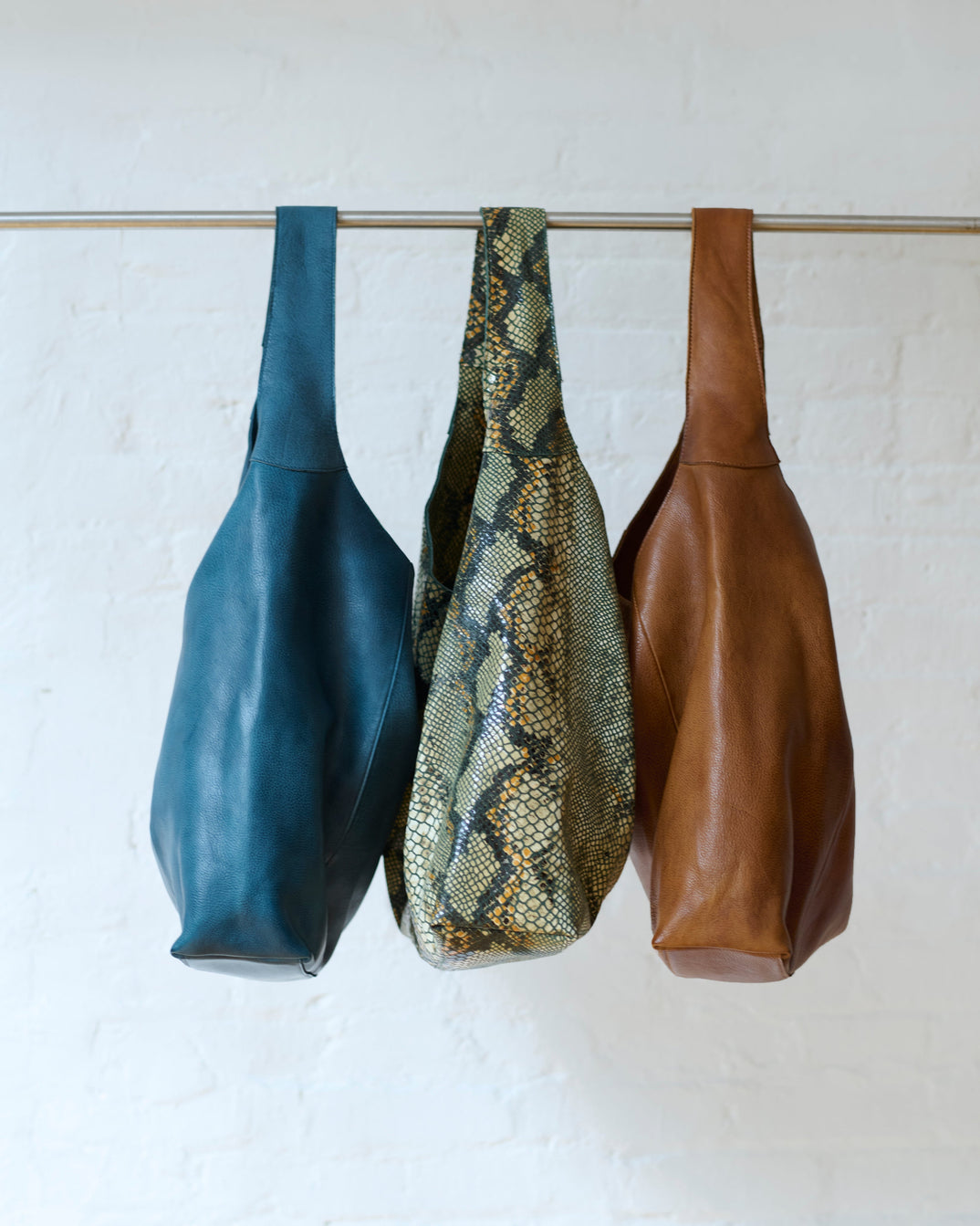
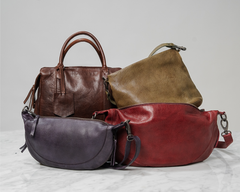
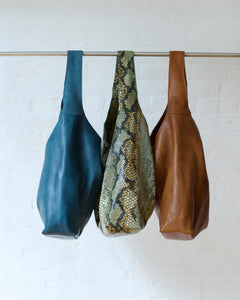
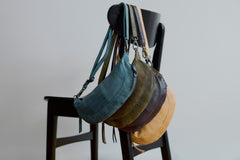
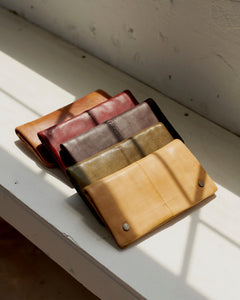

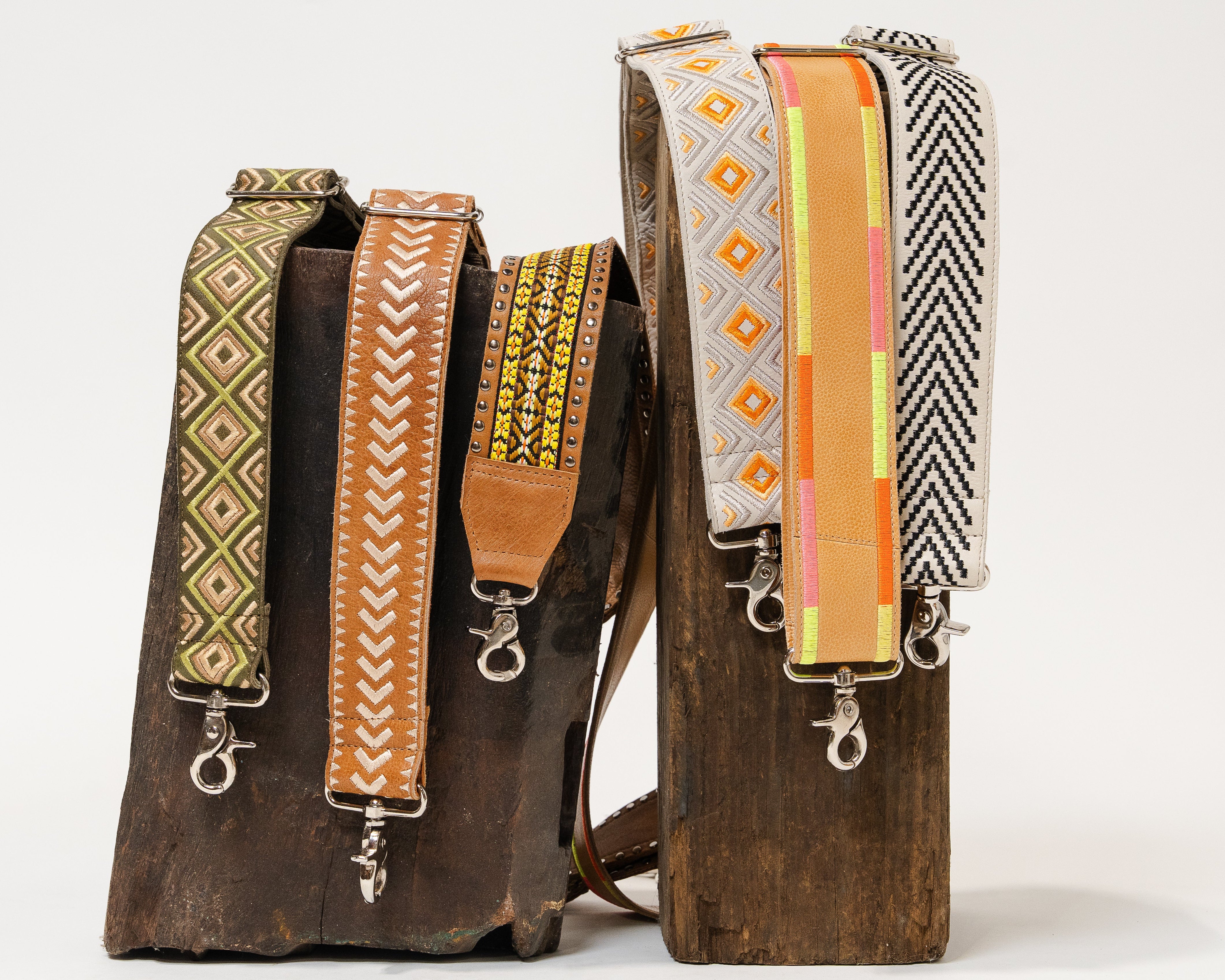
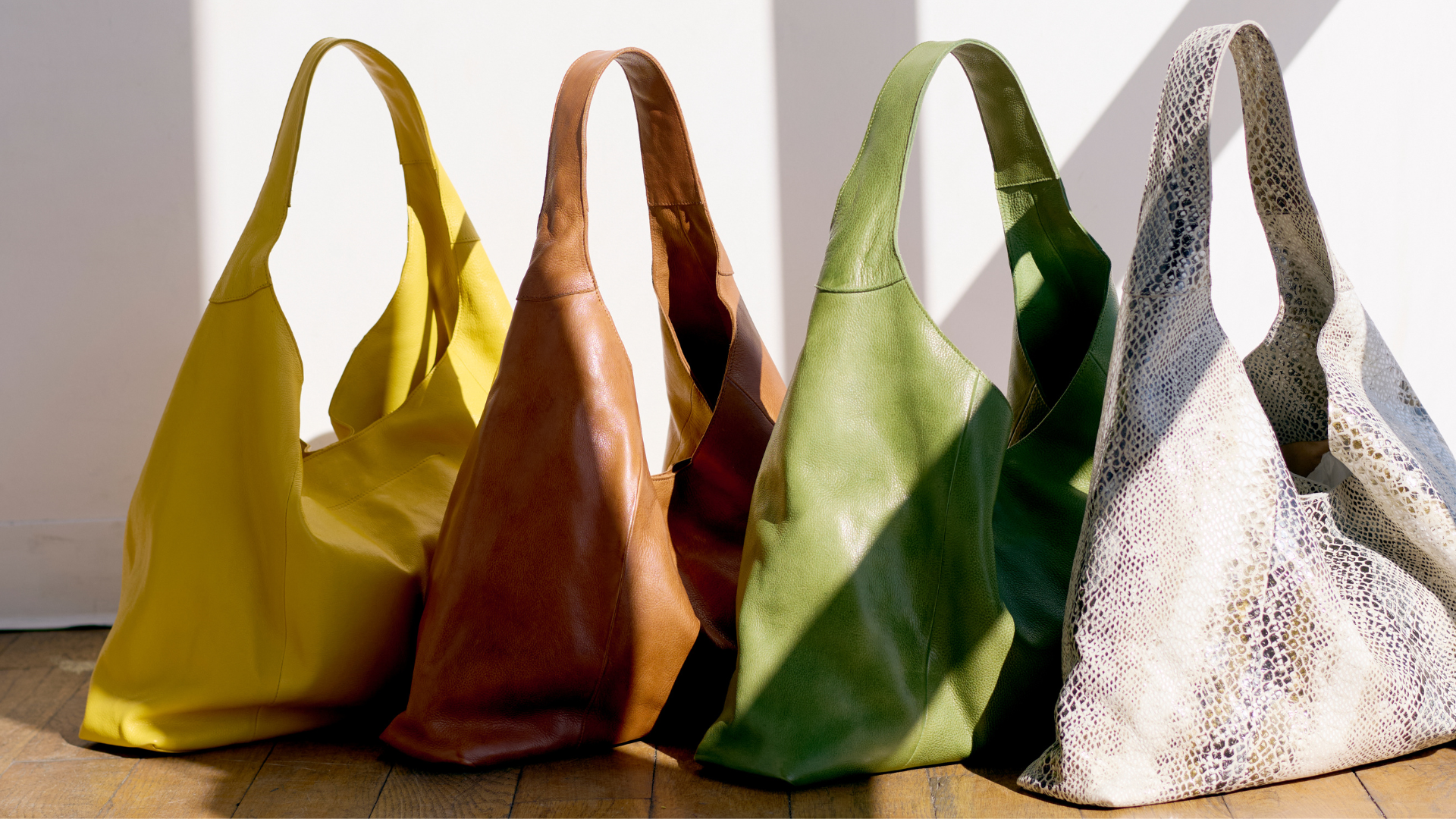
 Black
Black Bubble Black
Bubble Black Charcoal
Charcoal Cognac
Cognac Brown
Brown Cafe
Cafe Walnut
Walnut Almond
Almond Saddle
Saddle Eggplant
Eggplant Oxblood
Oxblood Burgundy
Burgundy Aubergine
Aubergine Tan
Tan Hazel
Hazel Ballet Slipper
Ballet Slipper Blush
Blush Camel
Camel Red
Red Orange
Orange Natural
Natural Burnt Orange
Burnt Orange Poppy
Poppy Plum
Plum Rosa
Rosa White
White Oat
Oat Grey
Grey Cobra
Cobra Desert Trail
Desert Trail Denim
Denim Indigo
Indigo Emerald
Emerald Teal
Teal Turquoise
Turquoise Sky Blue
Sky Blue Grass
Grass Green
Green Moss
Moss Olive
Olive Yellow
Yellow Lemon
Lemon Honey
Honey Chartreuse
Chartreuse Mustard
Mustard
